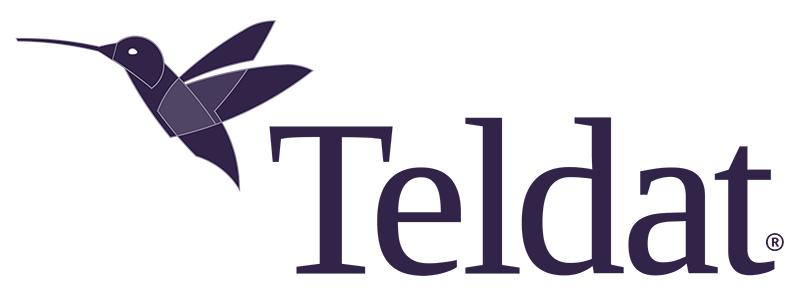
It is time for a “new” network
Technically speaking, ISDN stands for Integrated Services Digital Network, from the user’s point of view, a long-standing, stable, and reliable communication network which standardizes a digital telecommunications network and unifies various services such as telephony, data, teletext or datex-P on one single network. Previously, each service required its own network and all networks were connected via gateways.
The term ALL IP means unifying and converting all currently existing transmission technologies in telecommunications networks on the basis of Internet Protocol (IP). Thus, services such as telephony, television and mobile communications will be provided by means of a uniform network protocol and no longer via the classical circuit switching. The switch to IP-based lines significantly reduces the complexity of networks while the number of operating network components decreases.
Migration process
The migration from ISDN to ALL IP initially affects private and small business customer’s point-to-multipoint connections. Business customer’s that frequently used point-to-point connections (buzzword: SIP trunk) are expected to be switched off by Deutsche Telekom at around the time of CeBIT 2016 and alternative carriers are even one step ahead.
From the end of 2015 Deutsche Telekom offers its business partners up to eight parallel voice channels. Due to regulations, customers with more than ten phone numbers per basic ISDN connection currently have to apply for a second ALL IP connection in order to keep their phone numbers. Hence, it makes sense to actively develop an approach already in the run-up phase or to consider changing to another provider.
When evaluating which decision to take, one should consider how old the current operating PBX is, whether it is worth purchasing a new one, or whether the PBX has only been operating for a few years and it already supports VoIP. In the end a simple, economic cost-benefit analysis needs to be undertaken and an evaluation made.
Two options are available for the switch from ISDN to ALL IP
One solution is the migration of the already existing ISDN infrastructure by means of an ALL IP media gateway and the alternative is the replacement of the PBX by an ALL IP communication solution for both voice and data which can be integrated into the network infrastructure.
Teldat with its very long tradition in the telecommunication and IT market, provides both approaches: migration as well as the integration of an ALL IP communication solution. In our next blog entry we will look further into the available solutions for both approaches.























